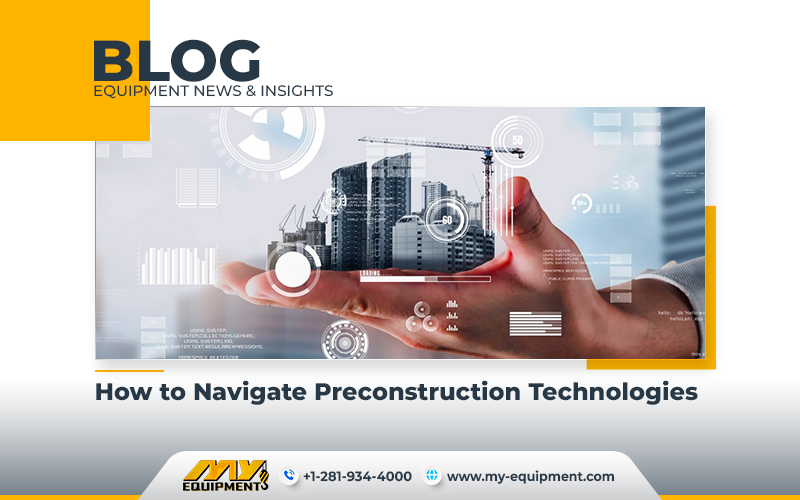Despite the epidemic prompting more attention towards preconstruction, the effects of this change have taken longer to manifest on project sites. But there is a growing recognition that designers, owners, and construction managers have of the newfound importance of collaborative efforts during the preconstruction phase.
Budget and Schedule Challenges
A 2023 global construction survey by KPMG revealed that 37% of owners and contractors missed their project budgets or schedules. This represents a big increase from the 2021 study, where only 50% of owners reported finishing projects on schedule. The industry is dealing with stagnant productivity and a lack of innovation. This issue is compounded by fragmented structures and supply chain disruptions.
Innovation
To deal with these productivity challenges, the construction sector is experiencing what may be called “the great innovation race.” Visualization solutions, from advanced reality capture to executive dashboards, are seeing more and more prominence in preconstruction efforts. These tools are great for better collaboration and decision making.
Real-World Examples
Messer Construction, based in Cincinnati, uses an online change management platform to facilitate cost and schedule discussions with ownership groups. These types of cloud-based platforms help with the exchange of actionable ideas, making it possible to make value-engineering delivery models better over time.
Miller Construction in Ft. Lauderdale, Florida, employs building information modeling (BIM) for clash identification within design, construction, and MEP disciplines. They compare plans and the conflicts are identified and resolved in a quick manner.
Miller also experiments with earthwork cost estimation software by Agtek, which adds precision to budgeting. This technology revealed cost-saving opportunities, such as lowering a building’s height to save $500,000 on a $10 million project.
The Power of Analytics
Analytics are expected to really drive technological advancements in preconstruction. Cloud computing enables broad data access, empowering preconstruction teams with actionable insights. Data-driven decision-making is becoming invaluable for streamlining processes and helps with reducing design time.
The Role of AI
AI systems are emerging as key players in analyzing vast datasets, offering recommendations, and optimizing resource allocation. This data driven approach holds promise for schedule and cost reduction efforts, as it leverages historical schematic and financial data to help with resource optimization.
Embracing Data
Data is becoming a cornerstone of preconstruction efforts, with professionals recognizing its potential to transform the industry. Being a “data junkie” is now a valuable trait, reflecting the industry’s growing reliance on data driven insights.


 1400 Broadfield Blvd, Houston, TX 77084,
USA.
1400 Broadfield Blvd, Houston, TX 77084,
USA. omer@my-equipment.com
omer@my-equipment.com